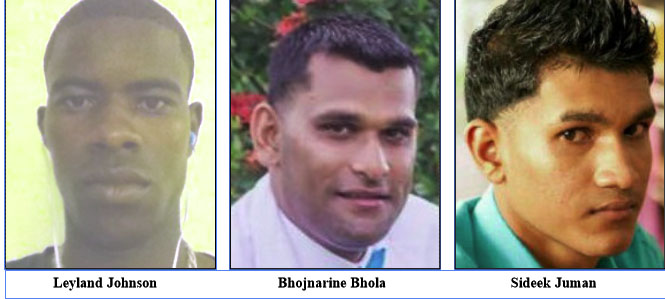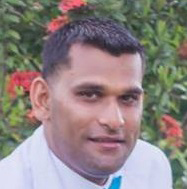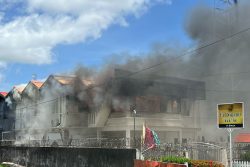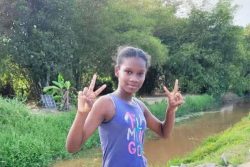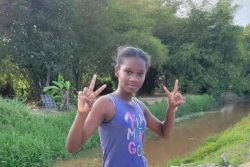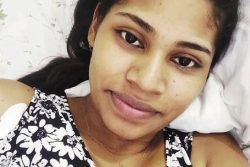Late last month, this newspaper carried a report on a 40-year-old domestic violence survivor who was down on her luck. Shameeza Mohamed told this newspaper that she had moved in with her now deceased reputed husband when she was just 13 years old; he was 27 years her senior. A mother of four, Ms Mohamed has already buried two of her children: one succumbed to a heart ailment and the other was murdered in an apparent armed robbery. Further, the unemployed Ms Mohamed has a serious chronic illness, and was facing eviction while caring for her last child, an eight-year-old attending primary school. Even a cursory look at her life establishes Ms Mohamed as a prime candidate for social protection. Yet, at the time of her interview with this newspaper, she was bereft of any type of safety net and at the end of her tether.
Ms Mohamed is a prime example of a citizen who was completely failed by the system and had fallen through the cracks. That failure began 27 years ago when as a child she was forced to make a decision that no 13-year-old should even be thinking of. Ms Mohamed had dropped out of school by then. However, her disappearance from the classroom seemed not to have caused any blips on the radar.
She had never reported any of the domestic violence incidents that plagued her life, but in 2013, after her partner viciously stabbed her ten times with a knife, landing her in the hospital, the police became involved. He escaped and was never caught or charged. However, she told this newspaper that he subsequently took his own life. At the time of the attempt on her life, Ms Mohamed should have come to the attention of state welfare services. That was not the case. Other opportunities were missed at the time of her son’s murder and when she was diagnosed with liver disease.
As a result of the publication of her dire situation in this newspaper and on the reporter’s YouTube channel, Ms Mohamed has received an outpouring of donations from private citizens. She has also been granted a house lot, was promised a house, and may have a part-time job offer as well. The last three being contributions from state agencies, seemingly only becoming aware of Ms Mohamed’s plight through the reporter’s actions.
While this is absolutely a positive outcome for Ms Mohamed, it is still a troubling situation. Given this mother’s health issues, both she and her minor child should immediately qualify for public assistance. One hopes that by the time this column is published, the Ministry of Human Services and Social Security would have that ball rolling.
Philanthropy is undoubtedly transformative and there is definitely a place for it in all societies. Nevertheless, it cannot be the only means by which a person survives. In the case outlined above, the needs of Ms Mohamed and her minor child will continue long after the financial donations made to her have been used up. Hence, government programmes aimed at supporting the vulnerable should have kicked in a long time ago.
According to the World Bank, social protection is the broad umbrella covering an array of public (government) measures that assist citizens with economic and social difficulties. It includes, but is not limited to public assistance – cash, food and vouchers; unemployment payments; free or subsidised health care (also mental health), education and job skills training; child welfare and pensions. These are all targeted at citizens who are made vulnerable by circumstances: disability, poverty, job loss, and crises such as fire and natural disasters; or by age – children and pensioners.
Social protection has long been available in this country. The problem is and has always been with identifying and enrolling the disadvantaged. The process is cumbersome and can be challenging. Obstacles appear to be aimed at deliberate exclusion to the point that eligible individuals sometimes choose not to access the support they so desperately require.
What is needed is an inter-agency network that would trigger a social protection response whenever a citizen shows up with certain indicators at any ministry, government department, public school, or police station. Unfortunately, this country’s social protection system is rudimentary at best. It might not even be data informed, making enrolment difficult. Obviously, there are no digital links with other agencies, but that should not preclude, for example, doctors at public hospitals referring citizens for social protection services. Of course, medical professionals would first need to take a proper history of the patient, which is rarely done. But these are all minor changes that can and should be made.
This year, the Ministry of Human Services and Social Security is one of the top five budget recipients with an allocation of $56,722 million, representing an increase of 23% over what it received in 2024. Old age pensioners and public assistance recipients now stand to collect $41,000 and $22,000 per month, respectively. Neither sum can sustain an individual over a period of 30 days, but when linked with other programmes and, one might add, philanthropy, they might make somewhat of a difference.
